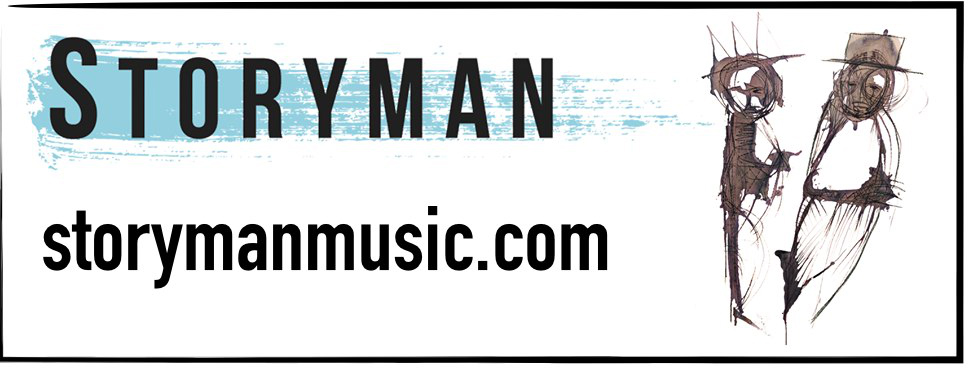SciWorks Radio is a production of 88.5 WFDD and SciWorks, the Science Center and Environmental Park of Forsyth County, located in Winston-Salem. Follow Shawn on Twitter @SCIFitz.
Imagine being rebuilt in miniature...
Now, there will probably never be a tiny, lab-grown you to make coffee, or to carry your immense intellect for hundreds, nay, thousands of years into the future. There will, however, be miniaturized sets of interconnected organs and other body systems based on an individual's DNA. The Tissue Chip for Drug Screening program, funded by the National Institutes of Health, aims to improve drug safety and effectiveness by creating 3-D human tissue “chips” and integrating them to mimic the human body's complex systems.
At Duke University, Dr. George Truskey, Professor of Biomedical Engineering, is working on a project that ties into this program.
"The project is about developing lab-based, small-scale models of human tissue, so that we can model disease states and also to look at how the tissue responds to drugs. One of the tissues we were developing, and it's the subject of this paper, was an engineered blood vessel."
Due to the demands of Dr. Truskey's medical experiments, the vessels needed to be about one-tenth the size of a normal human artery, which proved challenging.
"The currently accepted methods would take a long time to make a blood vessel – about six-to-eight weeks before we could have something we could start to test. So, being a somewhat impatient person, I looked around in the literature to see if there were alternative approaches we could use. The one that seemed most appealing involved using collagen."
Collagen is the main protein in all animals; it holds our tissues together. It's also what makes turkey stock so rich and delicious. (Learn about how collagen found in dinosaur fossils disproved what scientists thought to be common knowledge).
"People have been using collagen in tissue engineering for quite some time. It's easy to work with. One of its drawbacks is it is very soft. But several papers by a group of investigators we came across had been able to compact the collagen by adding a small amount of pressure, and that, essentially, squeezed the water out. And what we had to do was adapt that from a planar geometry to a cylindrical geometry. And it took the graduate students several months to figure out a good way to do that. But once we did that we were able to make the blood vessel in really an hour or two."
"The second advance was...blood vessels have several different layers. The layer in contact with the blood is known as the endothelium, and it's a single-cell thick layer. And the next layer is known as the media, which has the cells that contract and dilate in response to stimuli. So we were able to get them to attach very quickly so that we could start to produce these vessels within a few hours of making them. So, that was quite a big advance."
Dr. Truskey's innovative new way of manufacturing multi-layered, cylinder-shaped human tissue lead to the industry's first rapidly built micro-artery. Like the ones in your own body, it can produce biochemical signals. Plus, he reduced the manufacture time from weeks to hours.
"So, once we were able to reproducibly make these, we could then start to test them out to see how they responded to a variety of different drugs or to inflammation in the body."
Dr. Truskey and his team have taken the next step towards individualizing this process.
"Ultimately, what we would like to be able to do is to look at different disease states and to be able to take cells from an individual who has a certain disease and create a vessel. In order to do that, there's a technology where you can take a skin cell, or some cells from the blood, and then make them into a stem cell, and then differentiate that into a mature cell of a given tissue. They're not as hardy as the mature cells we work with, so we're learning how to coax them to mature, but they do have the potential to then look at different disease states."
"What we would like to do next, for instance, is to create certain models of disease. We've already started to mimic an accelerated aging disease known as Progeria. We've gotten some cells from patients, and we can reproduce some of the features. We'd also like to be able to mimic cardiovascular disease, and by doing that we can then look at various treatments to see how they might prevent the disease from forming or from getting to a critical point."
This Time Round, the theme music for SciWorks Radio, appears as a generous contribution by the band Storyman and courtesy of UFOmusic.com.

300x250 Ad
300x250 Ad
